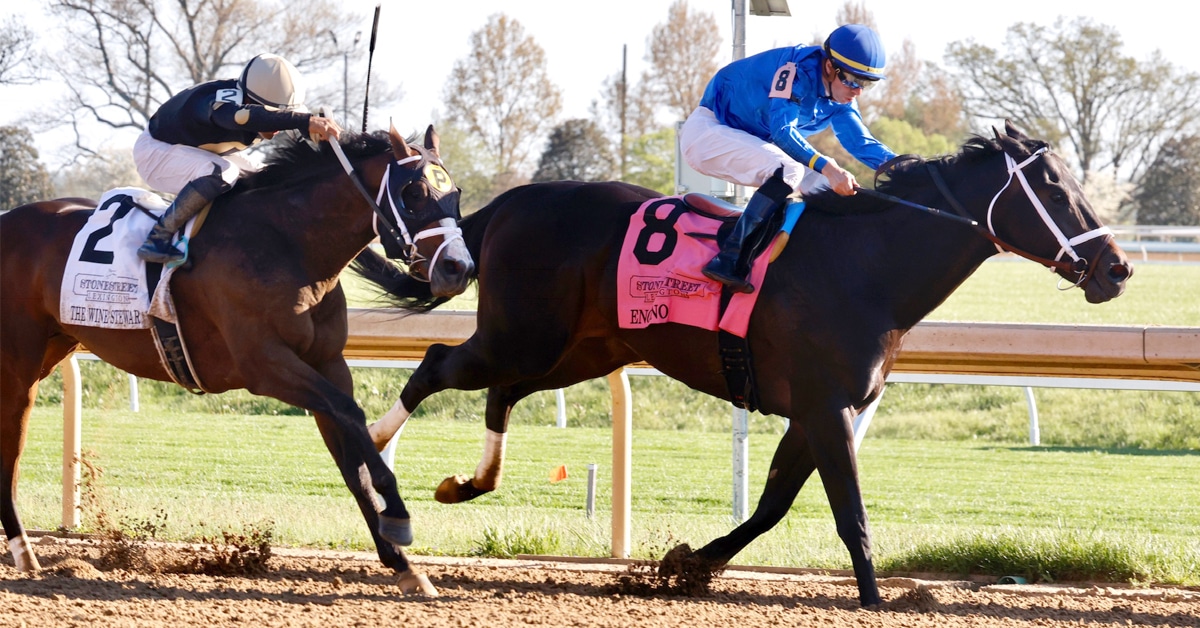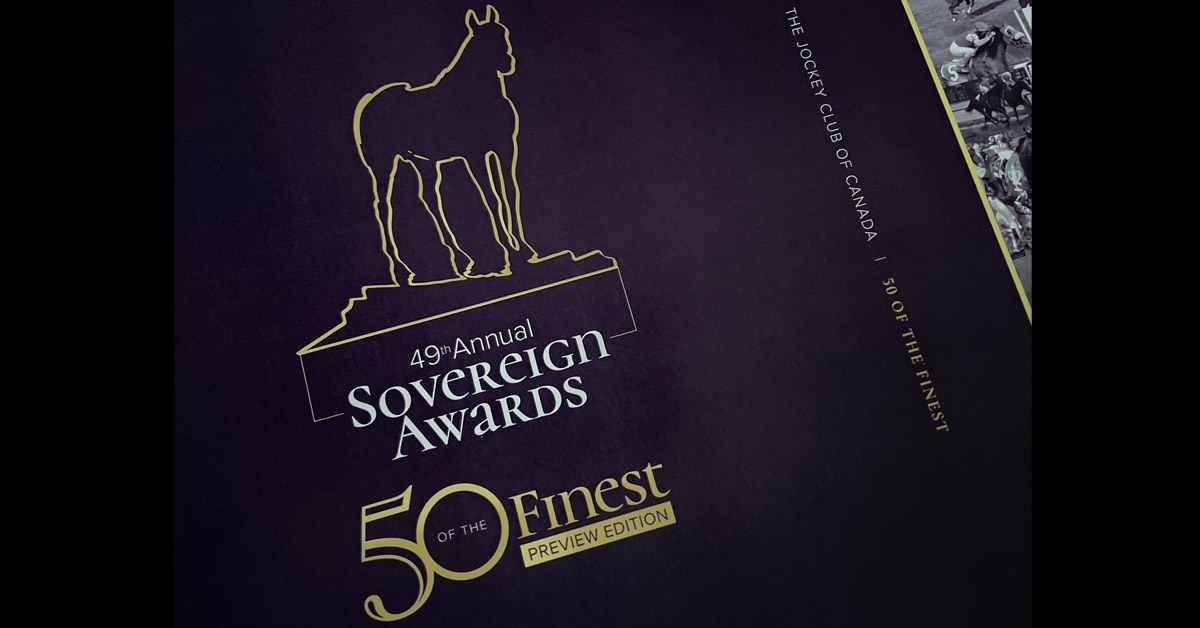A cross-section of prominent participants from the Thoroughbred breeding and racing industry who attended the Welfare and Safety of the Racehorse Summit in Lexington, Ky., on October 16 and 17 have drafted action plans in six areas to improve conditions in various facets of the Thoroughbred industry.
The six areas:
- Education & Licensing
- Racing Conditions/Racing Office
- Research
- Health & Medical Records
- Racing Surfaces/Shoeing/Hoof Care
- Breeding Practices.
Among the recommendations coming out of the two-day summit were:
- Research, develop and publish additional statistics that will provide insight into the durability and longevity of progeny of breeding stock. Make efforts to have scientific research more widely distributed among industry stakeholders.
- Examine the use or ban of certain horseshoes, such as toe-grabs, in the wake of presentations and research by Dr. Sue Stover and other participants.
- Develop a uniform on-track injury reporting system for horses and humans.
- Provide continuing education for all horsemen, exercise riders, farriers and make initiatives like the Groom Elite Program more available throughout the country.
The summit, which was coordinated and underwritten by Grayson-Jockey Club Research Foundation and The Jockey Club, and hosted by Keeneland Association in Lexington, Ky., was held all day Monday and Tuesday morning.
The goal of the summit was to identify critical issues that affect horse health and/or shorten the career of racehorses and to develop action plans to address each issue.
“I think the turnout and the interest in this summit proves that there is widespread concern among industry stakeholders about the welfare and safety of the racehorse,” said Ed Bowen, president of Grayson-Jockey Club Research Foundation. “The summit was certainly successful in identifying issues and devising action plans and we’re grateful to all the participants who were here.”
Monday’s morning session was open to the public and it included presentations by five noted veterinarians and several panel discussions, which were moderated by Bowen. Panelists discussed the relationships of breeding, training, veterinary practice, race track surfaces, and track management as they affect longevity of racing careers and racehorse soundness.
Closed discussions in breakout groups, facilitated by a team of staff members from The Jockey Club, were held Monday afternoon. The participants were separated into six groups. Each group was asked to list at least three critical issues associated with the decline in the racing careers of Thoroughbred horses over the last 50 years in terms of fewer years raced and fewer starts per year and to list action plans for each issue.
While injuries are a key component of shorter careers, participants were asked to look at all factors, such as track surfaces, training and breeding practices, economics of racing versus breeding, and medication.
Several weeks before the summit, participants were provided with packets that contained research papers, articles, statistics and public comments that addressed these factors. At the end of Monday’s session, the moderator from each group presented their findings.
Monday evening, participants received write-ups on the days’ discussions and were asked to prioritize the issues in terms of importance. One other area of concern involved medication but those recommendations will be sent to the RMTC.
Before breaking off into strategic planning sessions Tuesday morning, attendees heard brief presentations from farrier Mitch Taylor and a presentation on the creation of a standardized on-track injury reporting system from Drs. Karin Opacich and Mary Scollay.
In the strategic planning sessions, each group focused on the issues and developed a primary objective, related objective, criteria for success, tasks, responsible parties, resources, and a timeline to address their issue.
A final report from the summit will be distributed to participants before the end of the month.
Grayson-Jockey Club Research Foundation (grayson-jockeyclub.org) has allocated $957,260 to underwrite 20 research projects at 12 universities in 2006, including 12 new projects and the continuation of 8 two-year projects approved in 2005. Foundation-funded research helps not only Thoroughbreds and racing, but all breeds and uses of horses. Since 1983 the Foundation has underwritten 210 projects at 32 universities for more than $13 million.
More from Canadian Thoroughbred:





